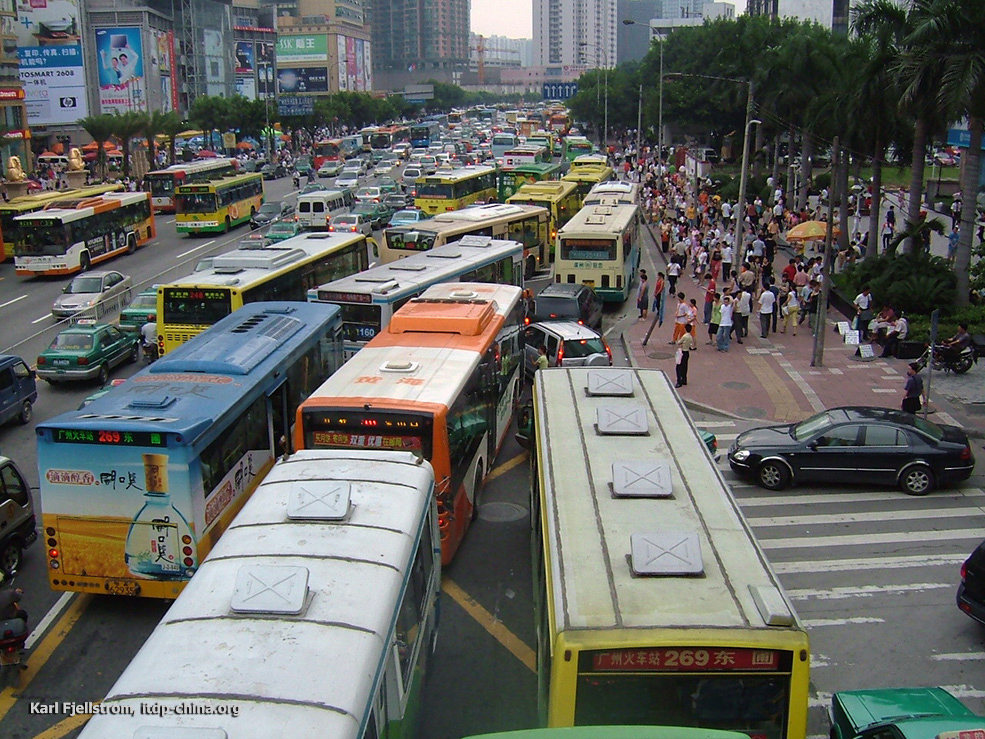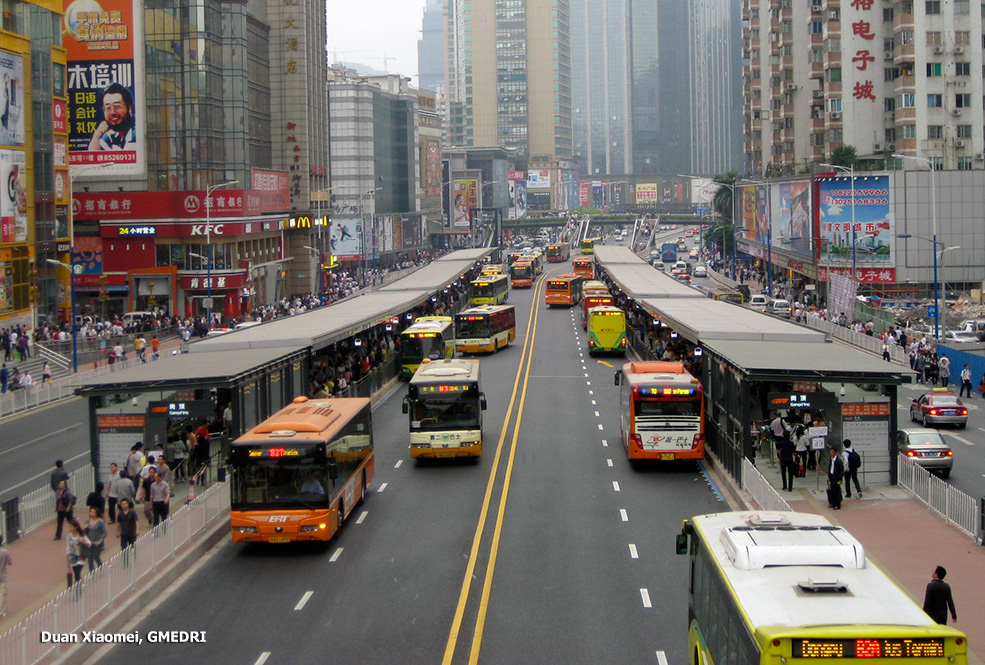8Traffic-Impact Assessment
A life is not important except in the impact it has on other lives.Jackie Robinson, first African American to play in Major League Baseball, 1919–1972
Any changes in a transportation network could result in changes to the operations of that network. This also applies to the introduction of a BRT system along city streets and arterials. The planning of a BRT system typically follows an iterative process to identify the best routes. One of the criteria to consider is the impact of the BRT on general mixed-traffic operations. For this reason, the traffic impacts need to be understood and quantified even during the planning and preliminary phases of a BRT system. The major reasons for conducting traffic-impact assessments are:
- Impacts of general traffic on BRT operations: Congestion at intersections that could have an impact on vehicle operations or queue spill-backs from neighboring intersections should be defined and mitigated, the main purpose being to ensure zero impact on vehicle operations during all hours of the day;
- Impacts of BRT on general-traffic operations: Departments responsible for general traffic require quantification of the possible traffic impacts of the BRT implementation and also, where necessary, assurances that negative impacts can be mitigated;
- Required environmental procedures: Many cities have environmental legislation, which requires evaluation of all impacts, and any proposed mitigation measures.
In many cities, the impact of public transit vehicles operating in mixed traffic on the operations of the facility can be severe due to the way the services are operated, such as the frequent starting and stopping in mixed-traffic lanes, pulling out and merging where stops are at the curb, and undisciplined lane changing and driver behavior. Introducing a BRT service with the focus of formalizing the public transit services into dedicated lanes will remove the disruptive operations of the current public transit services, and will improve the operations for mixed traffic. This could not only improve travel times for all private vehicles, but could also have a positive impact on business-travel and freight movements during all times of the day.


Contributors: Chrsitoff Krogscheepers, ITS Engineers; Ulises Navarro, ITDP Latin America; Pedro Szász, consultant; Carlos Pardo, Despacio; Annie Weinstock, BRT Planning International